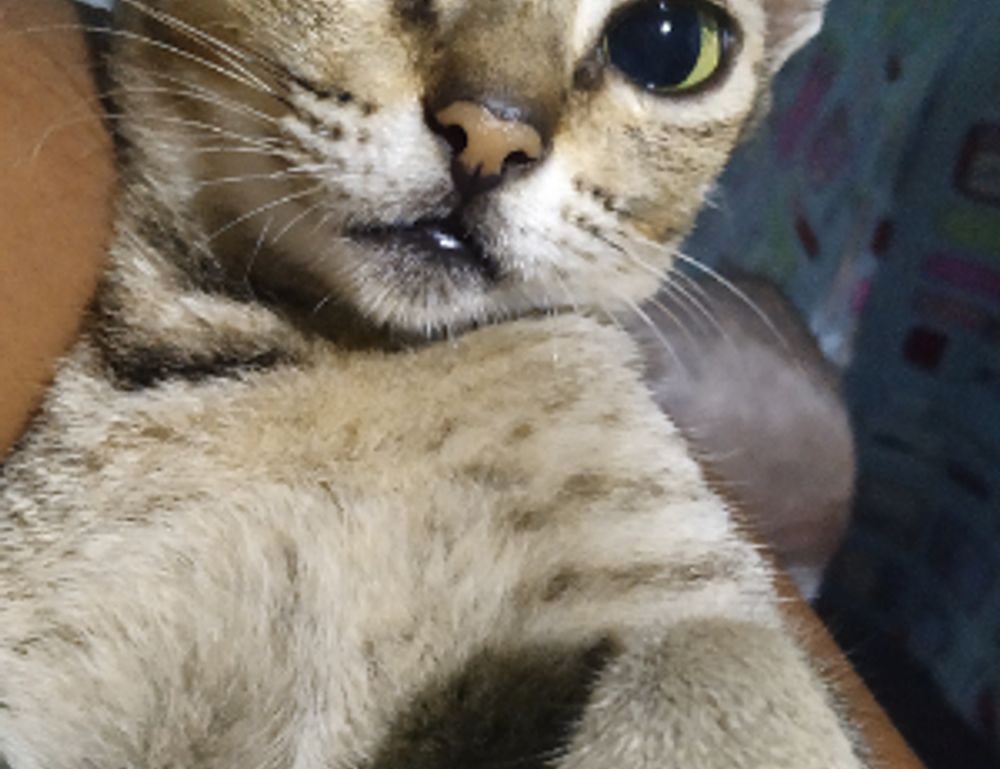
3334939648
What Is 3334939648? At first glance, 3334939648 looks like just another 10digit number. Could be a phone number without formatting. Could be a reference tag, a tracking ID, or maybe something autogenerated by an algorithm. In today’s infoheavy world, numbers like this show up in search queries, comments, usernames, or metadata. But when a string […]









